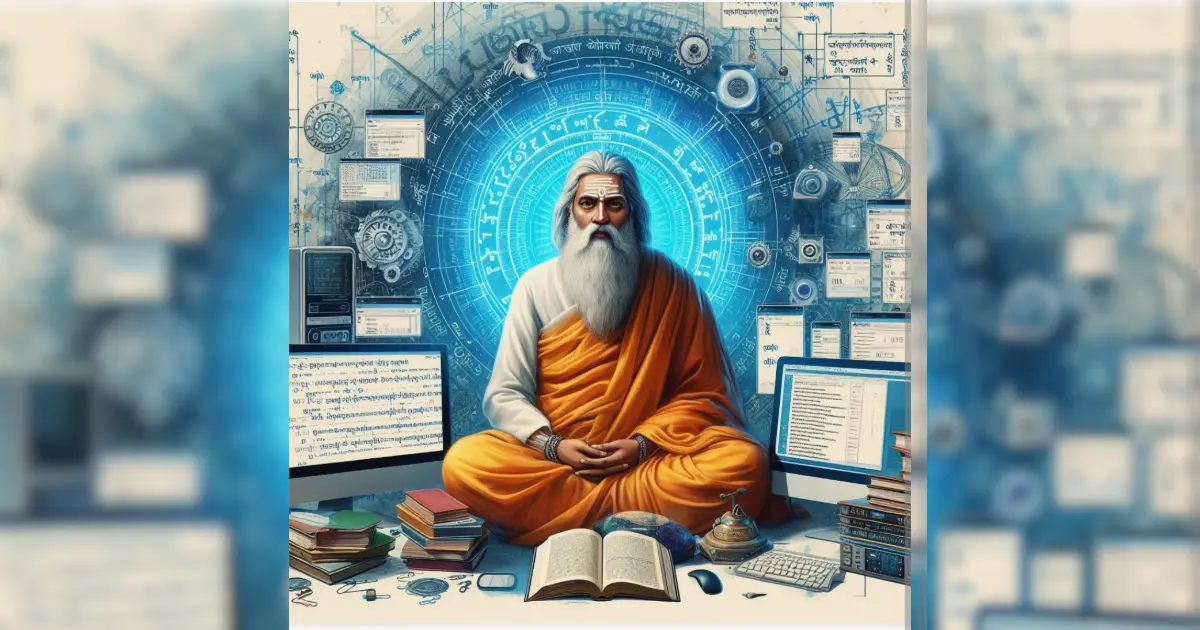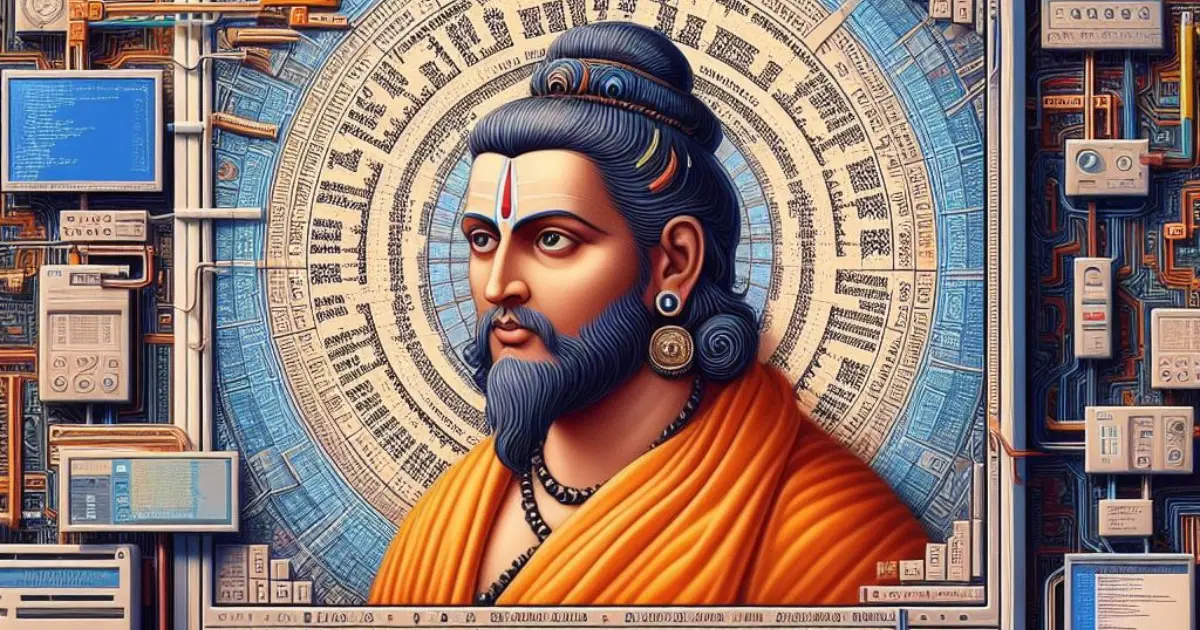
World Civilizations - Mesopotamia, Part 3 | A Creation Story and the Epic of Gilgamesh
In our latest installment of World Civilization, we explore Mesopotamian civilization's creation stories, epics, heroes and philosophy.
Dhīti is a blog for long form essays, expressions of civilizational voice, cinema and literature review, and more.

In our latest installment of World Civilization, we explore Mesopotamian civilization's creation stories, epics, heroes and philosophy.

In this post, we shall begin exploring the gods & temples of the Mesopotamian civilization. We explore how ancient civilizations shared some fundamental aspects like the notion of temples as abodes of deities, divinity in nature, sacred geography, pilgrimages and a supreme mother goddess and contrast them with the Judeo-Christian worldviews that the West has inherited.

This series of articles studies other ancient civilizations - their history, their achievements, their intellectual thought, their religions and their eventual takeover by either Christianity or Islam.

In Part 1 of our Carnatic Chronicles short stories series, Shodashi travels to Somanathapura, to partake in the sublime architecture and sculpture of the Hoysalas.

This series explores Pāṇinian grammar in the Saṃskṛta language, revealing how Pāṇini employs techniques akin to modern computing to generate words using concise rules, paralleling concepts in formal languages and compiler design.

In part 3 of this short story series, Shodashi travels to Kanchanaburi in Thailand, forty years after watching Bridge on the River Kwai, forty years after being mesmerized by the whistling she heard in it.

This series explores Pāṇinian grammar in the Saṃskṛta language, revealing how Pāṇini employs techniques akin to modern computing to generate words using concise rules, paralleling concepts in formal languages and compiler design.

Rama is here, there, and everywhere in Ayutthaya, Thailand, a few miles north of Bangkok. Travel with Shodashi to learn more about the Thai Ayutthaya.

This series explores Pāṇinian grammar in the Saṃskṛta language, revealing how Pāṇini employs techniques akin to modern computing to generate words using concise rules, paralleling concepts in formal languages and compiler design.